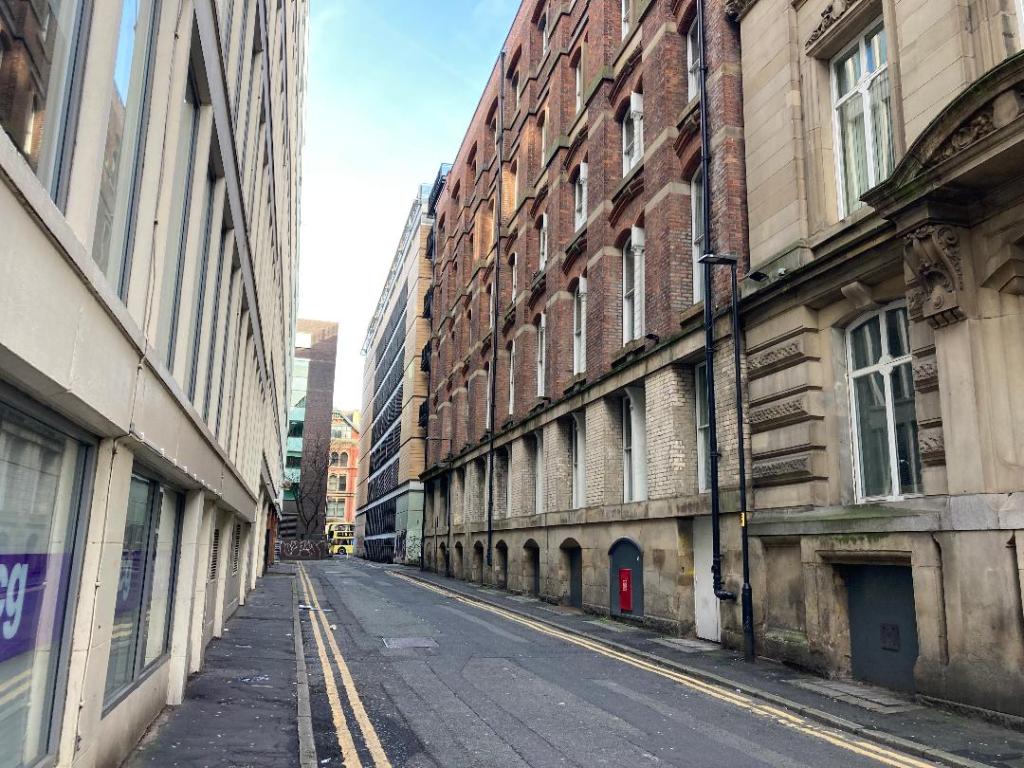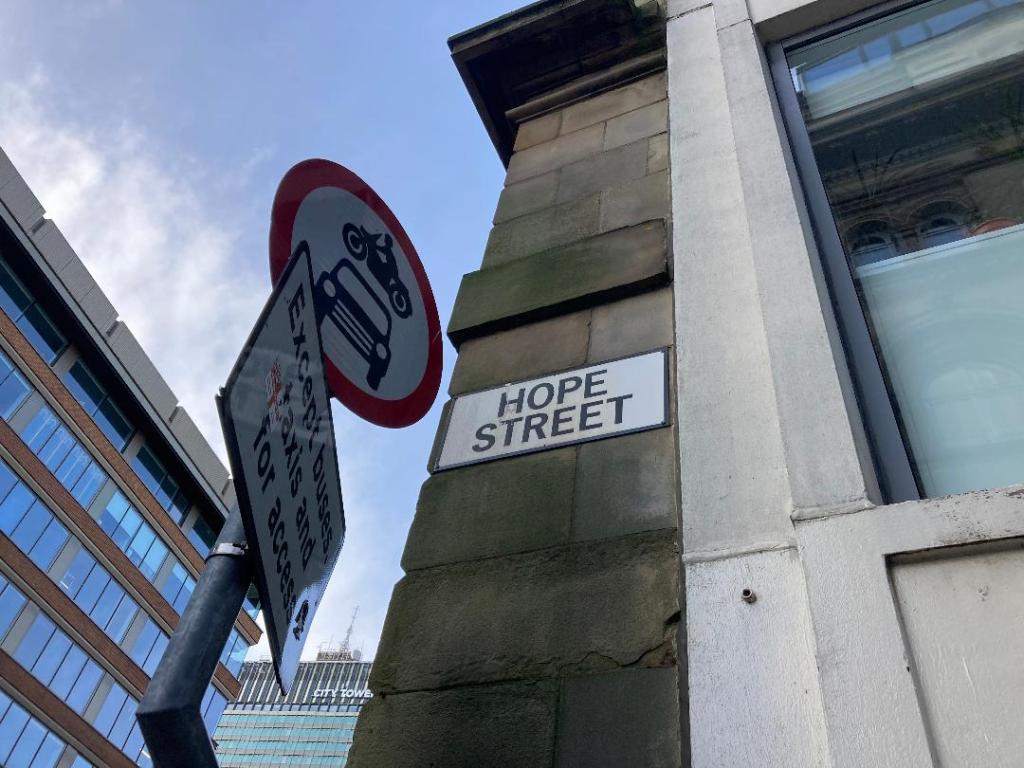Archive for category Historical Manchester
Uncovering the location for the Manchester dwelling house of Thomas Charles
Posted by simon peter sutherland in Historical Manchester, Mary Jones, The Welsh Bible, Theology on April 27, 2024

Finding forgotten locations or places of historic significance is no easy task in our modern world.
Redevelopment, regeneration and expansion comes at a cost as archaeological remains lie beneath the surface.
One of those is a street in Manchester where the “dwelling house” of Thomas Charles once stood.
For those who may not know, Thomas Charles (1755-1814) was a Welsh Calvinistic Methodist from south Wales who spent a lot of his life living and ministering in Bala, North Wales. Thomas Charles was once a Church of England minister who was let down by that denomination and eventually found a home in Bala where he could minister among the Calvinistic Methodists who lived there.
Thomas Charles is the man famously responsible for giving a young Welsh girl called Mary Jones a Bible in 1800. Mary was a poor girl who worked and saved 6 years to purchase her beloved Welsh Bible and walked 26 miles or so, barefoot to buy it. Arriving at the home of Thomas Charles in Bala, Mary would eventually attain her Bible and two others as a gift. Thomas Charles was the man who gave her those Bibles.
Thomas Charles was very inspired by the story of Mary Jones and in 1804 he founded the British and Foreign Bible Society with William Wilberforce. His life and work is a testimony to the grace of God and known throughout the world.
Mr Charles had been gravely ill for many years and a prayer was offered up for him that he might live another 15 years. That prayer was answered. Charles died in 1814 and in his last Will and testament he writes that he is the owner of three properties, two in Bala and one on Hope Street, Manchester.
In his will Mr Charles wrote “I am the owner of the Inheritance of three messauges or dwelling houses with their appurtenances two of them situate in Bala aforesaid and the other in Hope Street in the town of Manchester in the County of Lancaster” (The World of Mary Jones. By Sara Eade. P. 33)

Back then the area of Oldham Street was very important to the Methodist movement and nearby is a place called Hope Street. This is actually the location of one of three houses owned by Thomas Charles.
Hope Street is also very near to where John Wesley preached.
I have located the site of that property and have examined a map dating to 1819. There is however no blue plaque to his memory or any acknowledgement of this great man’s connection to Manchester.
Yet there are plenty of other plaques scattered around the city.
In St Anne’s Square there is a blue plaque to Robert Owen (1771-1858) a Welsh entrepreneur and social reformer who lived in Manchester for 12 years.
On Bow Lane there is a blue plaque to Ernest Jones (1819-1868) who practiced a law chamber here between c 1863 – 1869.
There is a plaque to Elizabeth Raffald (1733-1781) outside Marks and Spencers who established a cookery school, shop and domestic service agency near the site.
Indeed, there are different colour plaques scattered all around the city and as a native I have visited these places for myself and once realised it isn’t difficult to find yourself lost in the history of this city.
Manchester is the birthplace of poet John Byrom, the author of the classic hymn “Christians Awake”. The city has a very significant Wesleyan history. Oldham Street has a blue plaque which tells of how Wesley opened a chapel here in 1781.
It is clearly a city packed with history and sure enough there had been a Welsh settlement in Manchester since the 16th century.
We have a great deal here, from a Roman settlement to the location of an ancient castle. A historic Cathedral. The oldest public library in the English speaking world. Significant Tudor and Christian history also plays an important role in Manchester’s history, including the life of Protestant martyr John Bradford (1510-1555).
Surely it is time to honour this great man and have a commemorative plaque put up on Hope Street.